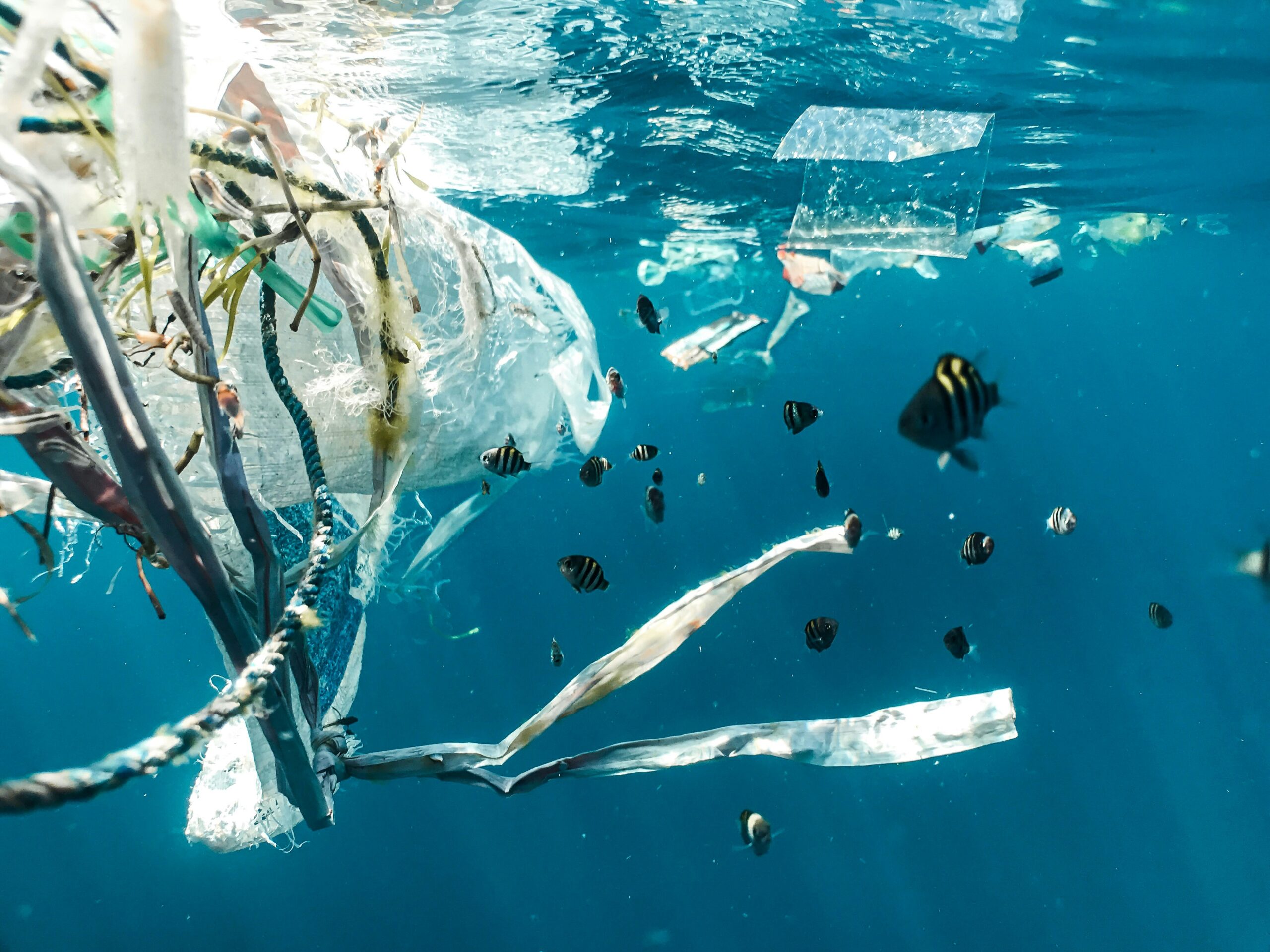A new study published in Nature has found that nanoplastics—plastic particles smaller than one micrometre—now appear to make up the majority of plastic pollution in the ocean. Researchers from Utrecht University and the Royal Netherlands Institute for Sea Research estimated that around 27 million tonnes of nanoplastics are present in the upper layers of the North Atlantic Ocean, based on samples collected from 12 locations at varying depths.
The team employed a sensitive detection method known as thermal desorption–proton transfer reaction mass spectrometry, which allowed them to identify tiny fragments of commonly used polymers such as polyethylene terephthalate (PET), polystyrene, and polyvinyl chloride (PVC). These particles were found not only near the surface—where concentrations reached up to 18 milligrams per cubic meter—but also at depths of 200 meters.
Photo by Naja Bertolt Jensen
This newly quantified volume of nanoplastics significantly exceeds the combined mass of larger microplastics and macroplastics previously reported in the region. According to the study’s lead author, Dušan Materić, the findings suggest that nanoplastics are the dominant form of plastic pollution in the ocean, a conclusion that may help explain the so-called “missing plastic” paradox—where much of the plastic estimated to enter the ocean each year cannot be accounted for through conventional measurements.
In a broader context, these results are contributing to a reassessment of the overall scale of ocean plastic pollution. ScienceAlert described the findings as “shocking,” emphasising that nanoplastics may have gone largely undetected in global plastic estimates until now, due in part to limitations in current monitoring tools.
There is growing scientific interest in the potential impacts of nanoplastics on marine ecosystems and human health. experts have raised concerns that these ultra-small particles can be ingested by plankton and small marine organisms, potentially entering the food web and accumulating up the chain. Some toxicologists also suggest that nanoplastics may be able to cross biological membranes more readily than larger plastic particles, though further research is needed to understand their full biological effects.
The timing of the study is also significant from a policy standpoint. As The New York Times noted, the findings come just weeks before delegates from over 170 nations reconvene in Geneva for the next round of United Nations negotiations on a global plastics treaty. The new data may reinforce calls for stricter controls not only on plastic waste management but also on the upstream production of plastic materials.
